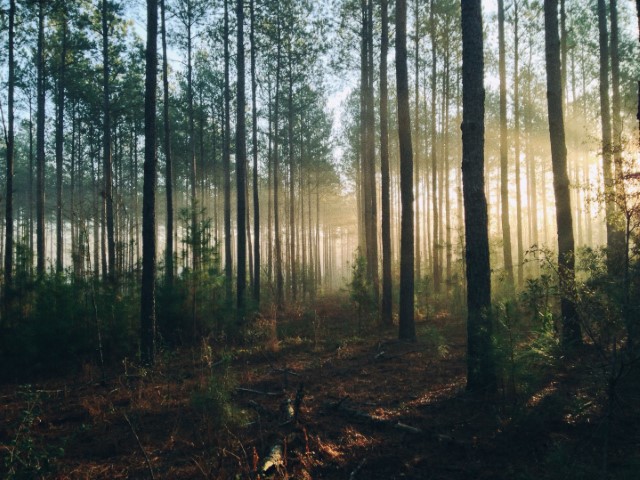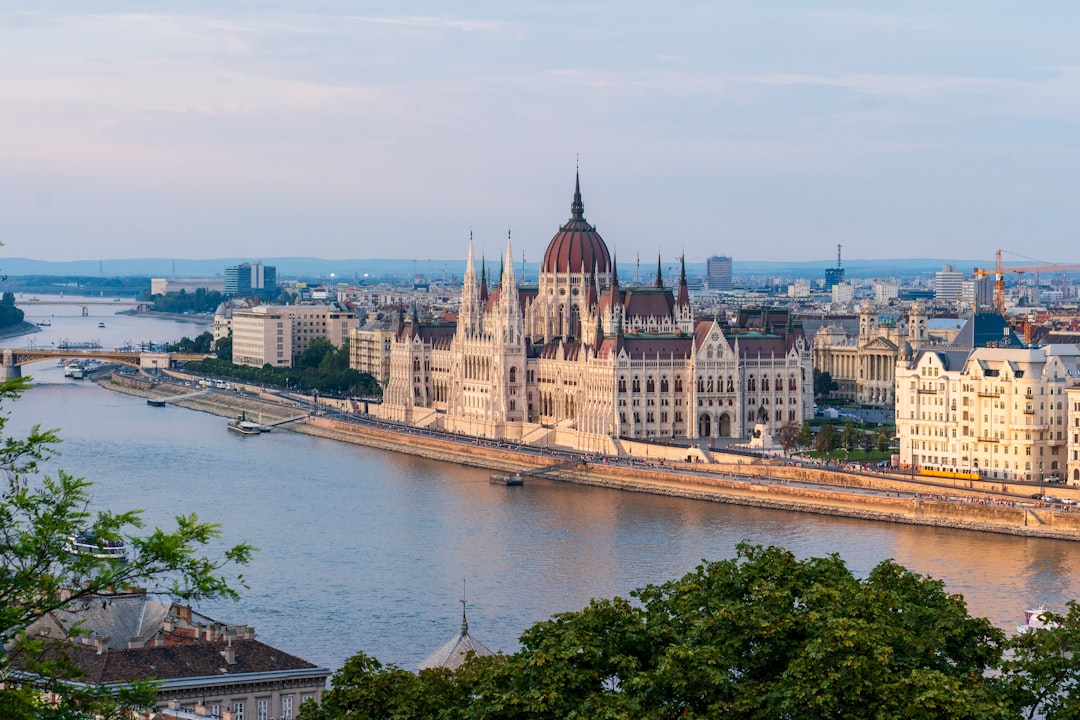The psychology of colors: How artists use hues to evoke emotions
Colors have a profound impact on our emotions and perceptions. Whether we realize it or not, artists have been utilizing this knowledge to evoke specific emotions in their audience for centuries. In this blog post, we will explore the psychology of colors and how artists use various hues to elicit different emotional responses.
Color psychology is a field that examines the effect that different colors have on our moods and behavior. Different colors are known to have different cultural and personal associations, which can vary widely across different societies and individuals. However, certain colors tend to evoke common emotional responses, making them powerful tools in the hands of artists.
Let’s start with red – a color that is often associated with passion, love, and energy. It is often used by artists to catch the viewer’s attention and create a sense of urgency or excitement. Think of fiery sunsets or the vibrant red of tango dresses. The intensity of this color can evoke strong emotions and grab our attention in an instant.
In contrast, blue is often associated with calmness, tranquility, and peace. Artists frequently use this hue to create a sense of serenity or to depict open spaces like the sky or bodies of water. The soothing nature of blue can provide a sense of stability and relaxation, which is why it is often used in healthcare settings to promote a sense of calmness.
Yellow is another color that artists often use to convey emotions. It is associated with happiness, optimism, and energy. Bold and vibrant yellows can evoke feelings of joy and warmth, while lighter shades can create a sense of softness and innocence. Think of Vincent van Gogh’s iconic sunflower paintings, where the bright yellow hues amplify the sense of vibrancy and vitality.
Green, on the other hand, is often associated with nature, growth, and renewal. It can symbolize harmony and balance, bringing a sense of tranquility and rejuvenation. Artists often use green to portray lush landscapes or to create a sense of harmony and calmness. The color can evoke feelings of relaxation and encourage a connection with the natural world.
Moving on to purple – a color often related to royalty, luxury, and spirituality. It is often used by artists to convey a sense of elegance, sophistication, and mystery. Deep purples can evoke a sense of opulence and grandeur, while lighter shades can create a feeling of delicacy and spirituality. Artists may use purple to create an atmosphere of intrigue or to portray characters with a sense of mystery.
Finally, we have the color orange – a color that is associated with enthusiasm, vitality, and creativity. Artists often use orange to create a sense of excitement and energy in their work. It is a color that can demand attention and create a feeling of warmth and joy. Orange can be a powerful tool for artists seeking to evoke emotions such as motivation, enthusiasm, and creativity.
Of course, these associations are not set in stone and can vary depending on cultural, personal, or contextual factors. Artists often play with these nuances and combine colors to create complex emotions and narratives within their work. The choices they make when selecting colors are deliberate and can significantly impact the way we perceive and interpret their art.
In conclusion, color psychology plays a crucial role in the way artists evoke emotions in their audience. Understanding the psychological effect that different colors have can enhance our appreciation and interpretation of their work. Next time you find yourself admiring a painting or observing a photograph, take a moment to analyze the colors used and the emotions they evoke. You may be surprised by the depth and complexity that lies beyond the canvas.














